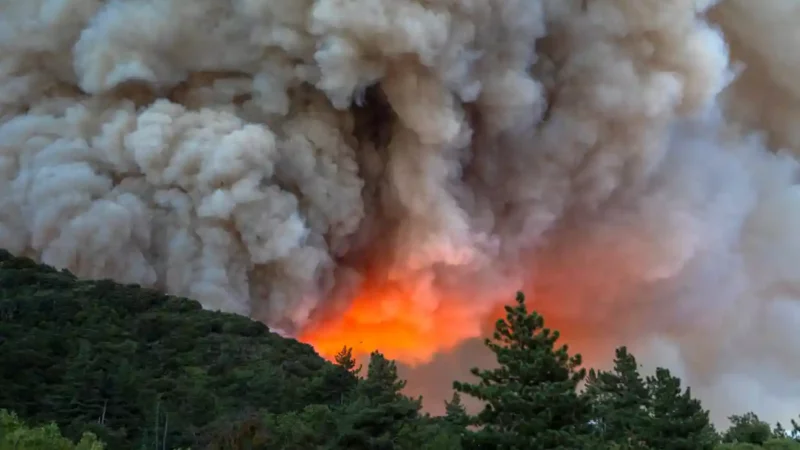
Brad Shaffer in The Guardian: Different fire management strategies needed for southern California chaparral and conifer forest
The forest service is prepared to cut through hundreds of acres of chaparral – and the rich and diverse ecosystems this shrubland supports – to protect the trees above.
“Bushes are second-class citizens compared to trees,” says ecologist Brad Shaffer, director of the UCLA La Kretz Center for California Conservation Science, noting that fire effects on this system are understudied, compared with the northern forests. Shaffer, who is studying how ecosystems recovered after the Woolsey fire, which torched the chaparral-covered mountains in Los Angeles and Ventura counties in 2018, said it largely comes down to public perception.
“Everybody says I want to go for a walk in the woods, not a walk in the bushes,” he says, which might be undercutting the need for a unique approach to preserving and protecting very different landscapes. “Managing fire in dry, western conifer forest is just a very different issue than managing it in very fire-prone chaparral and oak woodland.”
Chaparral burns differently and recovers differently after a fire, which is why it is defined by a different “fire regime” – a way of classifying landscapes and how often they were set ablaze historically. Fires that torch the coastal shrublands are naturally low in frequency but high in severity.
